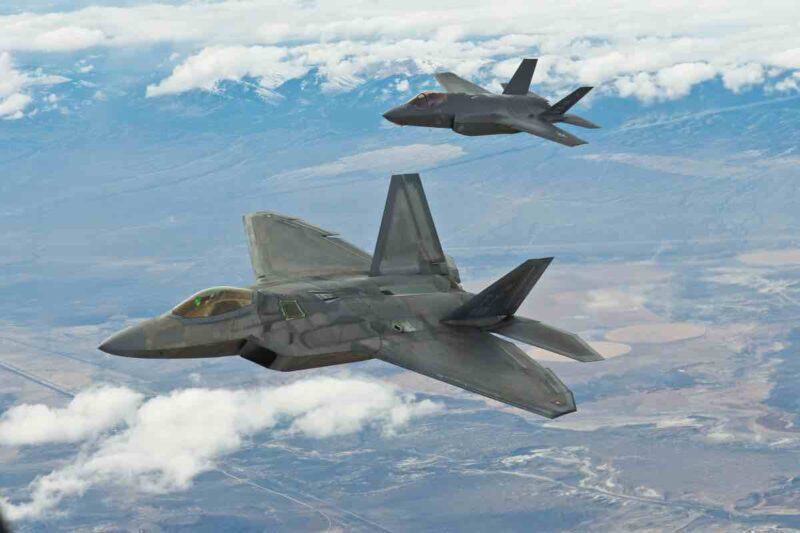Dramatic F-35 Crash in Alaska Caused by Iced-Up Landing Gear, Report Finds

A recently released U.S. Air Force report has confirmed that ice buildup in the landing gear of an F-35A Lightning II caused a dramatic crash at Eielson Air Force Base, Alaska, on January 28. The mishap destroyed the $196.5 million jet, injured the pilot, and raised new questions about vulnerabilities in advanced fighter systems operating in extreme environments.
Cause of the Crash
According to Pacific Air Forces (PACAF), hydraulic fluid contaminated with water froze inside the F-35A’s landing gear struts, preventing proper extension of the nose and main gear. This led to the nose wheel canting 17 degrees left after takeoff, making a safe landing impossible. Engineers from Lockheed Martin were consulted during the emergency, but repeated attempts by the pilot to recenter the nose wheel failed.
The freezing also affected the main landing gear, causing both struts to remain partially compressed. This triggered a critical avionics error: the aircraft’s “weight on wheels” sensors incorrectly indicated it was on the ground, activating an automated ground-operation flight control mode while the jet was still airborne. As a result, the F-35 became uncontrollable.
The Incident
The mishap pilot, assigned to Eielson’s 354th Fighter Wing, attempted two touch-and-go landings in an effort to correct the landing gear problem, but both failed. After the second attempt, the aircraft entered the faulty ground mode, rendering it unflyable. The pilot ejected using the Martin-Baker US16E seat and survived with only minor injuries.
Unmanned, the aircraft continued climbing, reaching 3,205 feet mean sea level (about 2,665 feet above ground) before stalling and plunging vertically into the ground. Video of the fiery crash went viral, showing the jet tumbling nose-first before exploding on impact.
Broader Implications
The Air Force classified the aircraft as a total loss. With an estimated cost of nearly $200 million, it ranks among the most expensive single-aircraft accidents in history. The report underscores how extreme weather and environmental conditions can impact even the most advanced fighter aircraft, and highlights the need for rigorous maintenance protocols to prevent hydraulic contamination.
It also brings attention to the risks associated with highly automated systems. In this case, the F-35’s advanced avionics misinterpreted sensor data due to frozen struts, compounding the emergency and ultimately leading to loss of control.
The crash marked the tenth successful ejection from an F-35, reaffirming the reliability of the Martin-Baker US16E seat under extreme conditions. Emergency responders were on the scene within one minute, and the pilot is expected to make a full recovery.
The U.S. Air Force and Lockheed Martin are expected to use findings from this mishap to review hydraulic systems, fluid contamination prevention, and cold-weather protocols across the F-35 fleet. With more than 1,000 F-35s now in service worldwide, ensuring resilience in harsh climates will remain a top priority for both operators and manufacturers.
Related News: https://airguide.info/?s=F-35, https://airguide.info/?s=Northrop+Grumman, https://airguide.info/category/air-travel-business/travel-health-security/
Sources: AirGuide Business airguide.info, bing.com, yahoo.com
